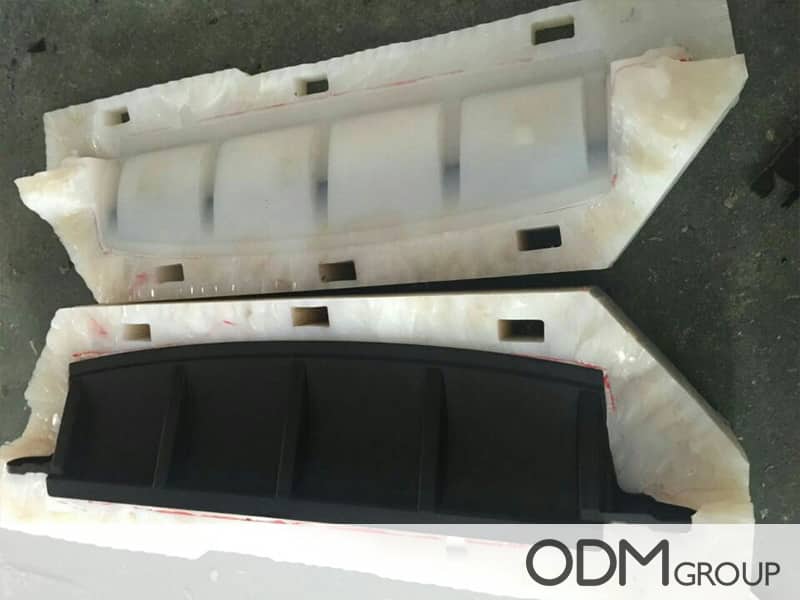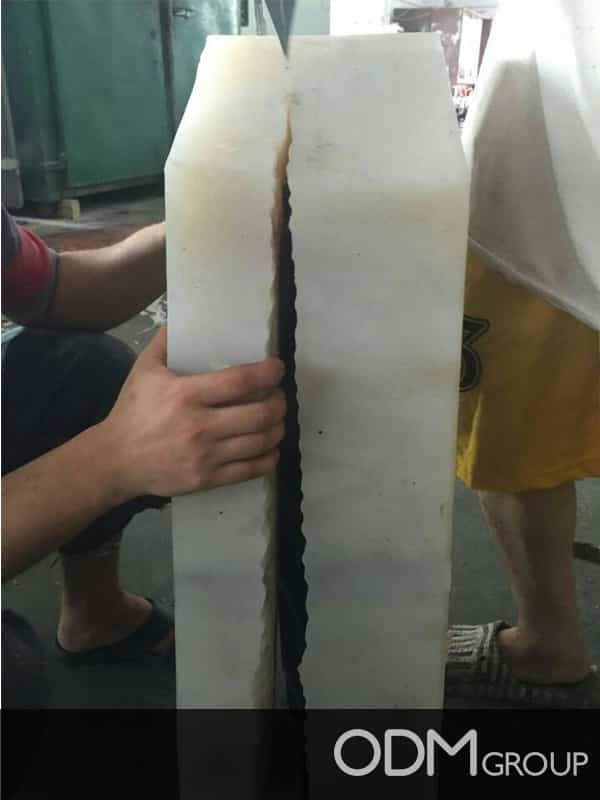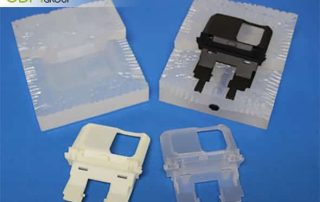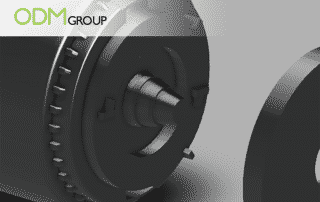How to use Vacuum Casting with Silicone Moulds? When mass-producing in China, many clients have inquiries for samples in bespoke shapes. This requires factories to produce a mould in order to create the sample and then start mass-production. Opening new mould can be very expensive and take weeks to make – especially for plastic material. We recently posted a case study about opening moulds in China. Check it out below.
One more tricky point is that once the mould is finished, there is not much space for changing the shape and size of it. That is why we are offering alternative option – Vacuum Casting with Silicone Moulds

Rapid Prototypes – Vacuum Casting with Silicone Moulds
How can you vacuum cast with Silicone Moulds
Silicone moulds provide a fast way to produce prototypes of products. Producing a vacuum cast with a silicone mould is cheap, starting from several hundred dollars, depending on the design and size. Silicone is ideal for casting as it can replicate intricate detail. It is also reasonably cheap to use and produces moulds that are flexible, durable and can be reused to produce a number of prototypes.

Rapid Prototypes – Vacuum Casting with Silicone Moulds
How to create a silicone mould?
Creating silicone moulds is a quick way to create multiple prototypes. The mould can be cast on a new or existing product. If you want to create a silicone mould of an existing product, casting can be done practically straightaway. If you want to create a mould for a new product or prototype then the product will have to be produced by CNC. In order to create a mould, the following process has to be undertaken.
Vacuum Casting with Silicone Moulds – Creating the mould
- Silicone moulds can be cast in either 1 or 2 parts.
- Product is placed in a wooden frame.
- Coldwater and a mild detergent are placed on the product to act as a realising agent.
- Silicone usually comes in two parts, therefore, has to be mixed.
- Silicone is then poured over the product to create the mould.
- If the mould consists of two parts this process is repeated for both sides of the product.
- When creating a two-part mould, clay is placed around the bottom of the product to create a base.
- Once the silicone has cured the product is released by cutting the mould in half along the centre.
- Overspill and excess silicone is then cut off and the mould is tidied up.
Vacuum Casting with Silicone Moulds – Creating a product with mould
- A pour spout needs to be cut in order to pour casting material inside.
- Before casting material is poured, the mould should be sandwiched between 2 boards of MDF to provide rigidity
- The material can then be poured into the top of the mould. As the material is poured the mould should be slowly turned to release air bubbles
- The Mould is then left to set. Depending on the material used this can be between 1-8hours
- Once the material is set the product is released from the mould, cleaned and sanded if necessary
Important note: when vacuum casting with silicone moulds 8 – 10 prototypes can be created from a single mould, before it starts to become less effective.
Rapid Prototypes – Vacuum Casting with Silicone Moulds
Contact us
Here at ODM we work with clients to create custom promotional products. Our in house design team work with factories to create and manufacture custom products. Get in touch today to see how we can help you design promotional products.
Related Blogs
Why not check out these other manufacturing case studies?
Frequently Asked Questions
What are the different types of casting processes?
There are plenty of casting processes such as die-casting, investment casting, plastic casting, and sand casting, etc. All the different types of casting will provide their own unique benefits in manufacturing.
Am I able to cast silicone into a silicone mould?
Yes, it is possible by casting silicone into a silicone mould. A two-part mould and release agent will be required.
How does Vacuum Casting work?
A master model is produced with a high-quality surface finish and the silicone mould will be cast around the master copy under vacuum to avoid air bubbles from forming. The silicone mould is cut into parts and the master model will be removed after the curing process.



